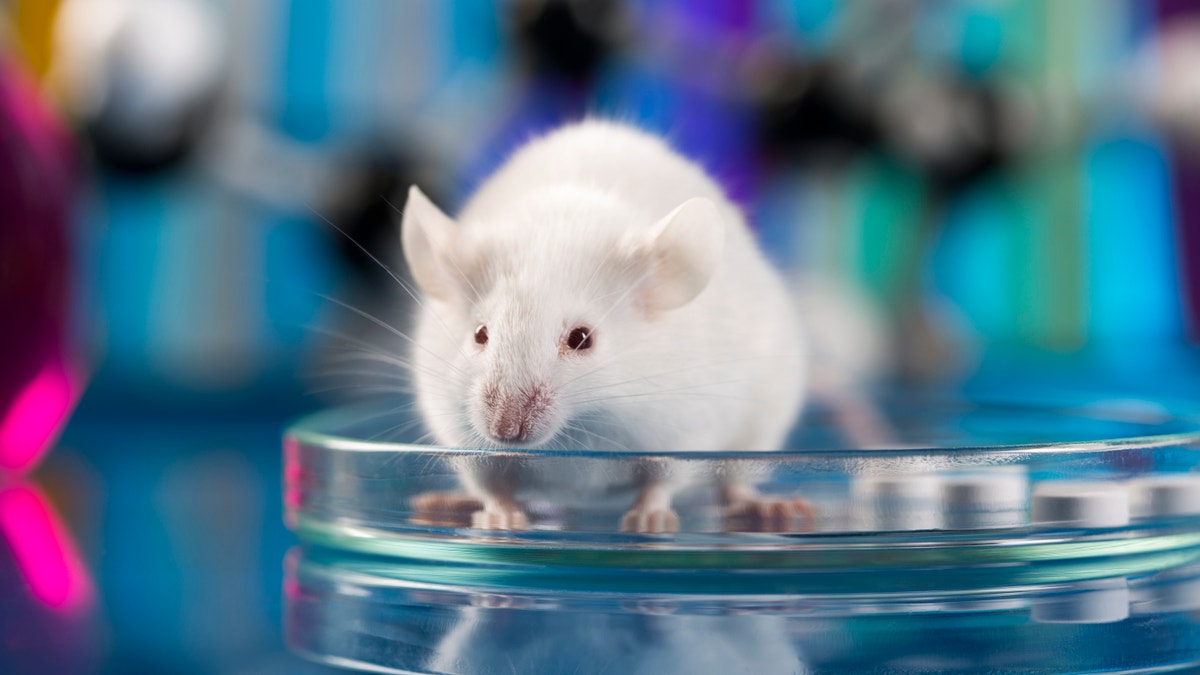
The mice gave birth to healthy offspring and were able to produce milk to feed their pups. (iStock)
Researchers are hopeful that the results of a landmark study involving 3-D printed ovaries in mice may one day evolve into an option for women with infertility due to cancer treatments or other conditions.
“We’re learning more about the fundamental biology of the ovary through these 3-D printed structures and this new knowledge is aiding in the next generation of options that we’re working toward for young cancer patients,” said co-senior author Teresa Woodruff, of the Northwestern University Feinberg School of Medicine in Chicago, according to Reuters.
FERTILITY DOCTOR ACCUSED OF SWAPPING DONOR SPERM WITH HIS OWN
Researchers grew the ovaries on a 3-D printed structure made out of biologic inks to support ovarian follicles, and then implanted the artificial organs into sterilized mice. Ovarian follicles are fluid-filled sacs that contain immature eggs, which Woodruff told Reuters is a fundamental element of the ovary. The mice went on to mate, gave birth to healthy offspring and were able to feed their pups by producing milk which signals a return to normal levels of hormone production.
While Woodruff said researchers will need to figure out how to make some follicles in the ovary mature while others remain unchanged, the option could provide patients with a long-term solution that is currently unavailable to them.
EX-ESPNER HAD MISCARRIAGE DURING LIVE BROADCAST
“There is obviously a lot of work that’s going to be needed, but being able to shower the function of these 3-D ovaries is a big breakthrough,” Nina Desai, director of the Cleveland Clinic In Vitro Fertilization Lab, who was not involved with the study, told Reuters. “It’s really important to be able to show … that it’s a feasible thing.”
Woodruff said that if the technique is tailored for humans, it could offer younger patients the opportunity to go through normal puberty and be fertile.
“We’re hoping these advances are going to lead to more options for pediatric and adult cancer patients in the future,” Woodruff said.
The study was published in Nature Communications.
Reuters contributed to this report.
